Affiliate links on Android Authority may earn us a commission. Learn more.
Switching from Android to iPhone? Here are 11 things you should expect
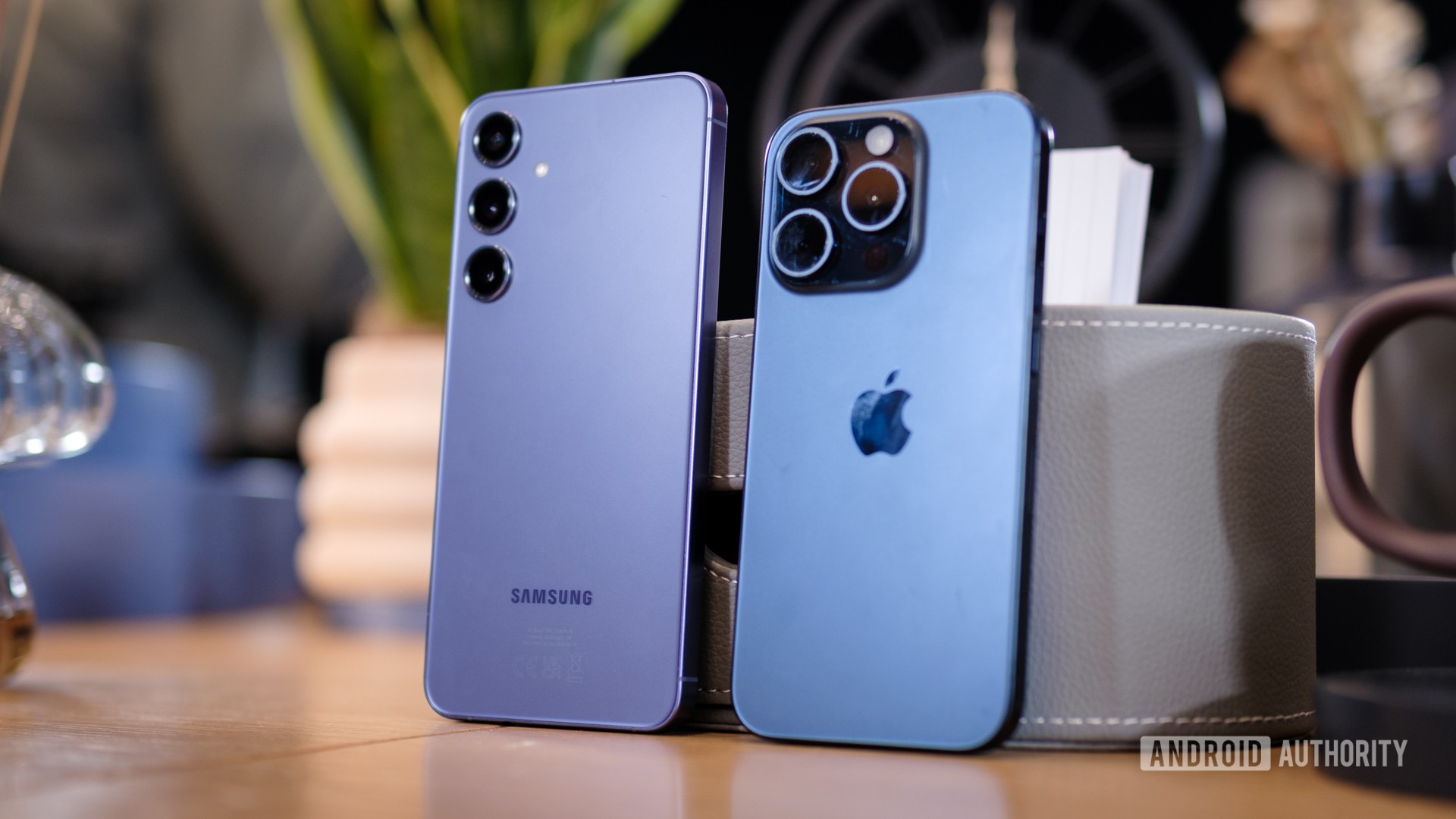
Android phones and iPhones have become much more similar in recent years than in the early days of the smartphone era. Both platforms have borrowed from one another, and it’s never been easier to switch between them.
That said, we can understand why you might be considering switching from Android to iPhone. iOS does some things better, after all. That said, you should be aware of several advantages and disadvantages beforehand. Keep reading to learn what to expect during and after the transition.
How iOS UI and navigation are different from Android
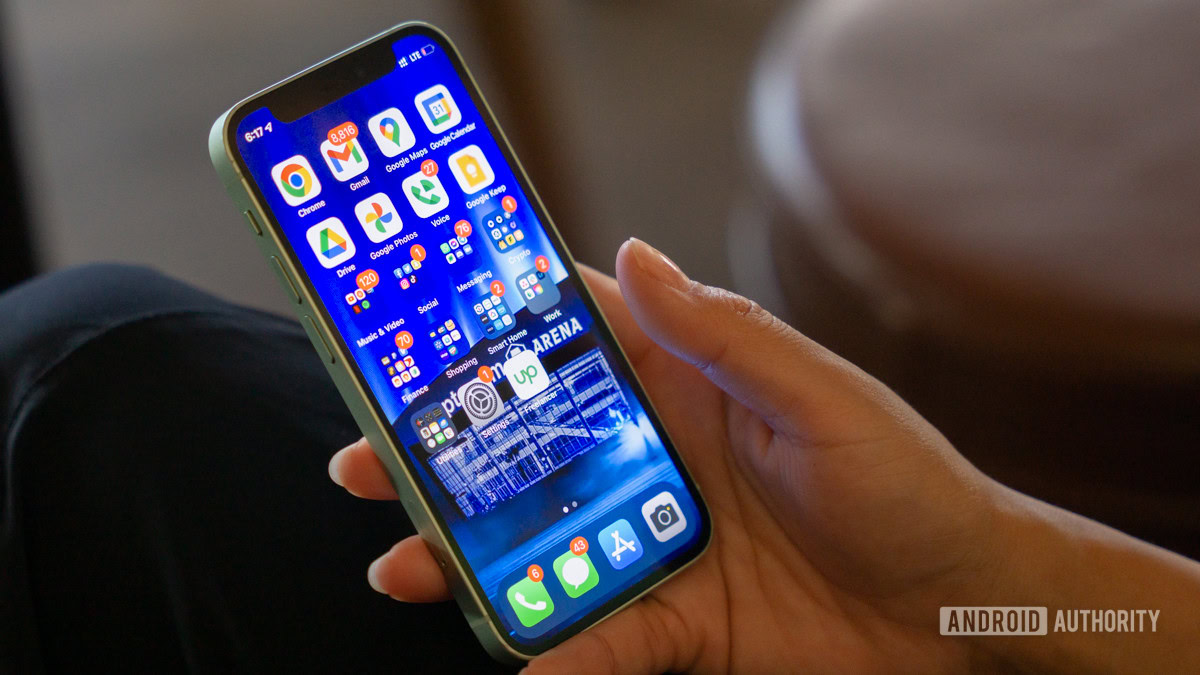
Coming from Android, there are a lot of things about the iOS UI that immediately jump out at us. The most obvious is that all your apps are arranged in grids on your home screen. This can be a problem if you have a lot of apps, but there are a few ways to keep things tidy. We can move icons into folders, or remove icons from the home screen, and send them to an app drawer. Overall, though, the process is clunky and feels like an afterthought compared to Android.
Here are a few more UI differences that might catch you off guard with iOS:
- There’s no app drawer. All apps are on your home screen.
- The back button is usually integrated into apps, and there isn’t always one.
- There is really no back gesture/button, either.
- Notifications and quick toggles are separate. Drag down from the top-left for notifications, or from the top-right for quick toggles.
- There is no search bar. Instead, there is a small search button under the apps.
- More visual cues and less haptic feedback
Let’s show you what we mean. In these two screenshots, you can see how, on Android, you can organize icons as you wish. On the other hand, iPhones force you to keep apps in order.
One of the things I happen to like on Android is the addition of a Google Search bar. The iPhone also has one, but it is tiny! And it doesn’t always show up. Honestly, I didn’t even know that Search button existed until recently.
One significant difference between Android and iOS that I have to constantly get used to is the difference in navigation. Android is now much more gesture-based, whereas iPhones still rely more on on-screen buttons. The main difference is that these buttons are usually in each app’s UI, as opposed to persistent buttons, like Android had in the past. Here’s what we mean:
In general, we feel like Apple’s design philosophy prioritizes simplicity and consistency, whereas Android allows more flexibility and visual interest. You will notice that these guidelines go beyond just the iOS interface, so apps that you may already be familiar with on Android will have a different look on iOS.
iOS is less customizable, but it’s improving
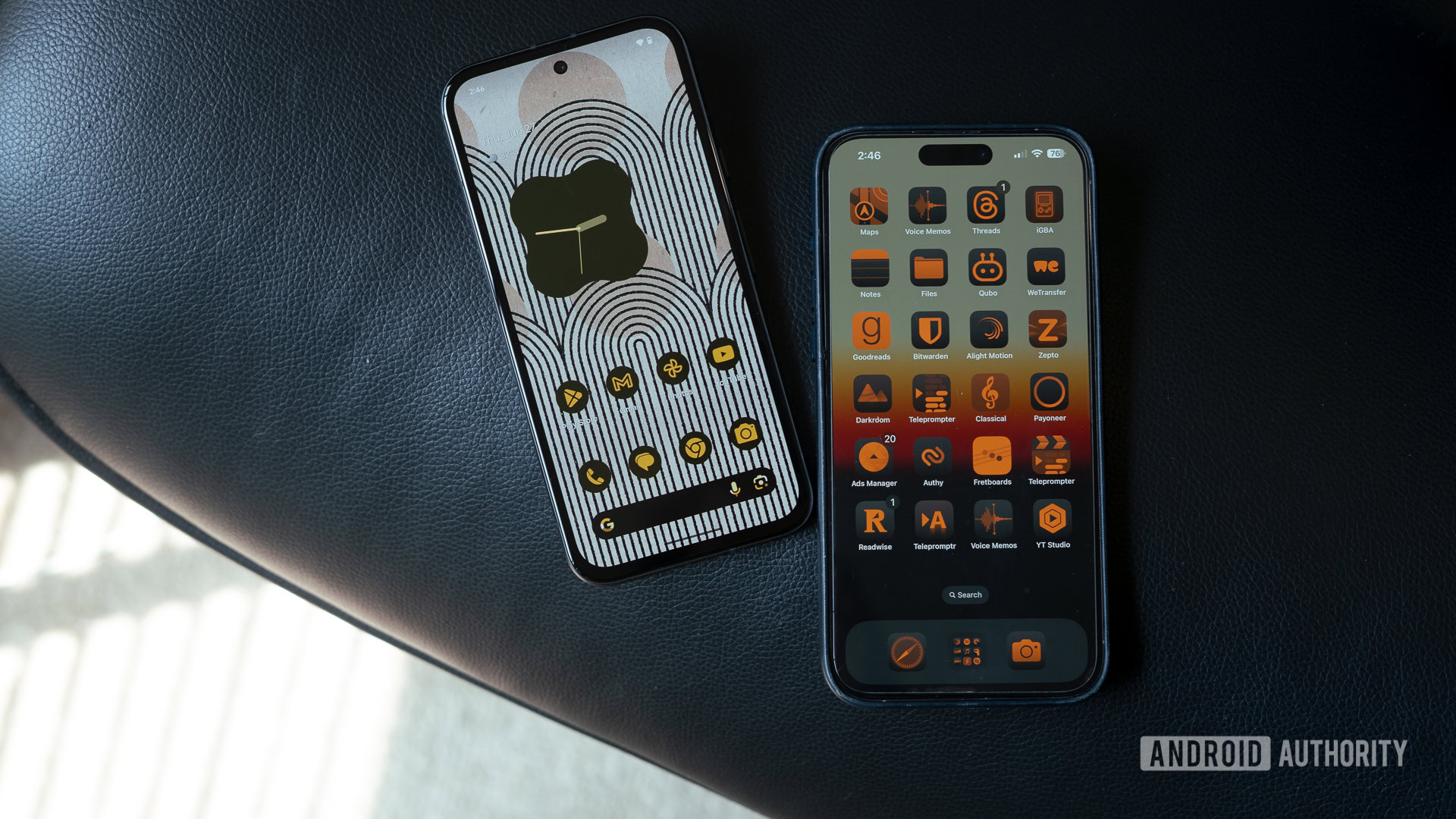
One of the biggest selling points of Android is customization, whether through downloadable launchers and icon packs, OEM-specific software, or even custom ROMs. On iPhone, your options are far more limited.
iOS includes basic customization options like wallpapers, custom lock screens, ringtones, widgets, and a few others. Most of these are purely aesthetic, although you can add features like the flashlight or calculator to your Control Center (similar to the notification shade on Android). That said, things are improving on the Apple side, and iPhones are becoming much more customizable lately.
Widgets finally made it to iPhones with iOS 14, for example. The most significant jump in customization will likely be with the release of iOS 18, which Apple showcased at WWDC 2024. This update will include the ability to customize icons based on color profiles, much like Material You, as seen in the image above. Apple is also including the ability to place apps wherever you wish. You can currently move apps around, but they are always organized from left to right, from top to bottom. iOS 18 users are also getting the ability to change the controls at the bottom of the lock screen, so you’ll no longer be limited to the camera and flashlight.
Regardless, Android continues to be miles ahead of Apple in the customization department. iOS is still missing launchers, icon packs, and custom ROMs, which allow you to do whatever you like with your device’s appearance.
Apple’s tight-nit ecosystem is convenient if you have other Apple products
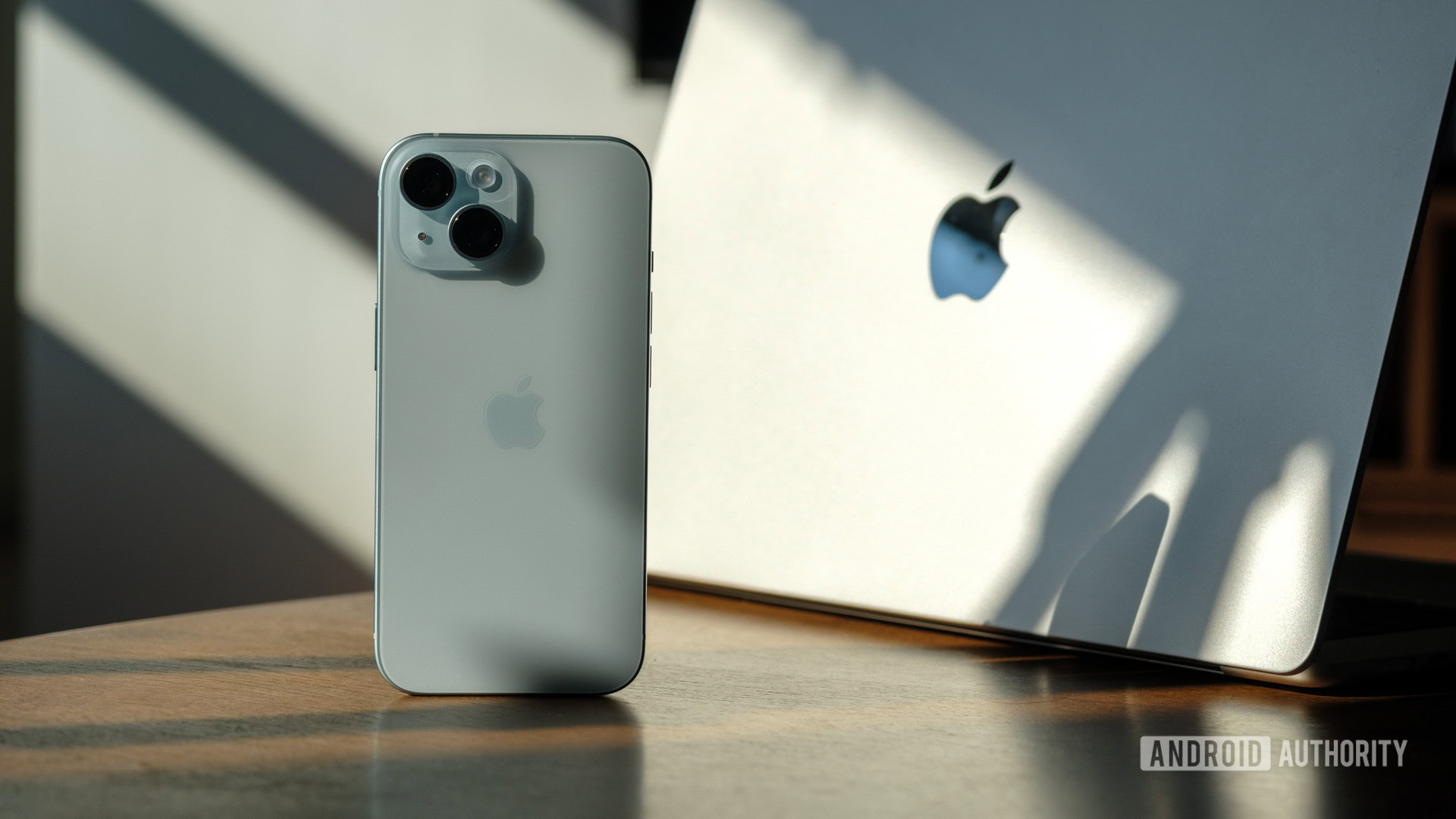
One of the biggest advantages of switching from Android to iPhone is primarily for users who are already tied to Apple’s ecosystem in some other way. Many of us have MacBooks, for example, and we immediately notice switching to an iPhone will unlock possibilities we didn’t know were possible, or at least so seamless. Samsung may be the closest to this experience, but even the Korean giant doesn’t compare, in our experience. Here’s a quick list of Apple integrations to give you an idea:
- iCloud: Apple’s storage solution is comparable to other cloud storage solutions, but I find it easier to automate the syncing of pictures, documents, and more between devices.
- Handoff: Being able to start editing a document on one Apple device and finish on another so seamlessly is very convenient. I like using Universal Clipboard, too, which allows you to copy/paste between devices. It’s a super convenient, and very powerful productivity tool.
- AirPods automatic switching: Google hasn’t quite matched Apple in this department. It felt like magic the first time I used AirPods with multiple Apple devices. These automatically switch between your iPhone, MacBook, or iPad on their own. It’s like magic.
- AirDrop: While not uncommon in the Android world, sharing files between devices wirelessly with AirDrop is quicker and easier on Apple devices.
- Continuity camera: I never looked so great in video calls. If you use a Mac computer, you can use your iPhone camera as the webcam!
- Calls and messages: I love responding to calls or sending text messages from my computer, without even touching my iPhone. iOS 18 is also introducing a great implementation of iPhone mirroring to Mac.
- HomeKit: Apple’s smart home platform allows you to use your iPhone, Apple Watch, Mac, or iPad as a centralized hub for home automation.
There are far more than we list here, but suffice it to say that if you’re willing to commit further to the Apple ecosystem, there are plenty more benefits to be found.
There are some communication complications between Android and iOS
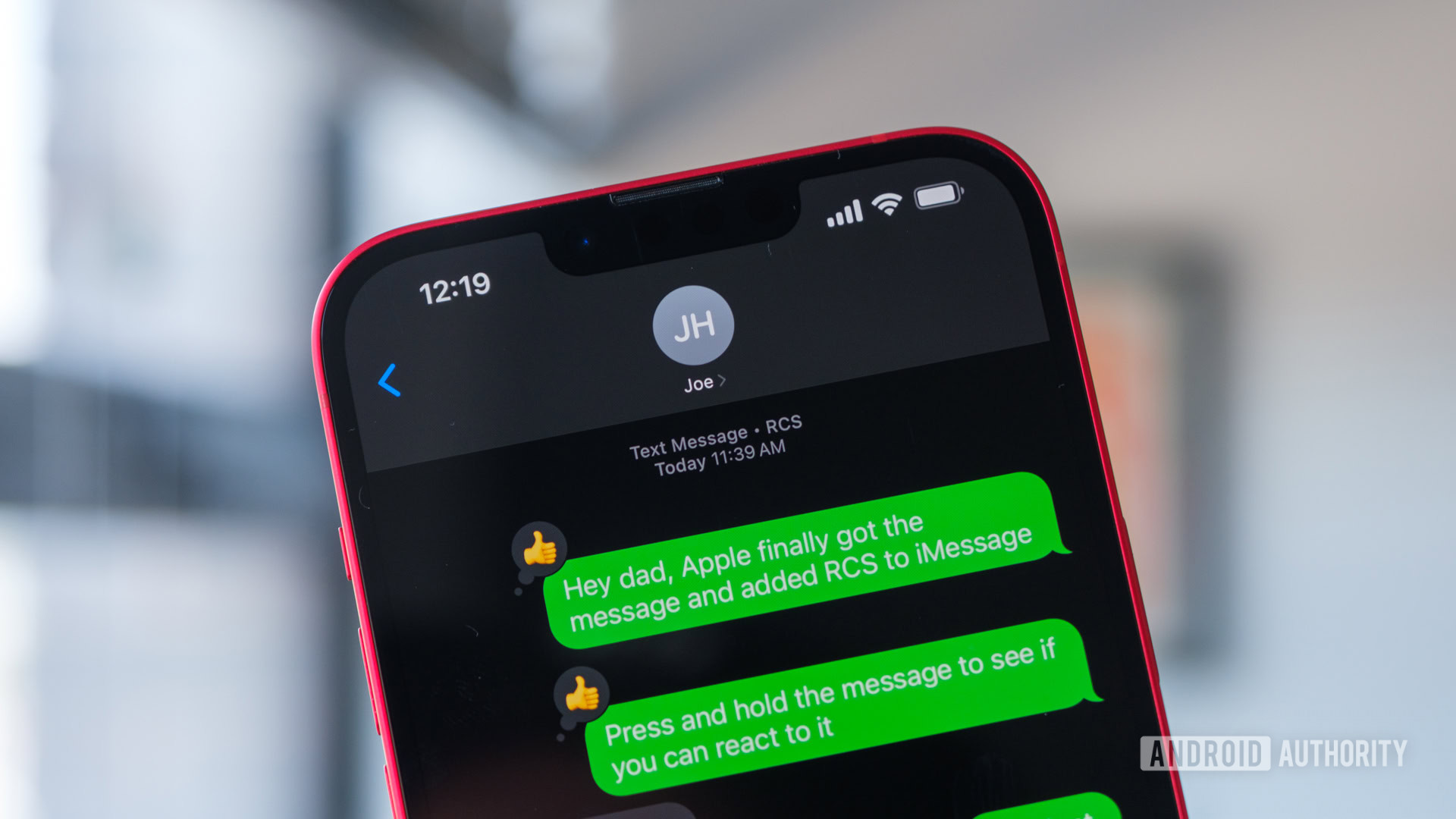
If you live in the US, odds are you’ve already run into issues communicating with your iPhone-toting friends due to iMessage and FaceTime. Things are set to improve with iOS 18, as Apple is finally adopting RCS. Soon, Android and iPhone users will be able to communicate much more seamlessly. We tried it and were able to use all the awesome features you can expect from RCS, including reacting to messages, sending videos and images, and more. That said, green bubbles still exist! There will still be a clear separation between Android and iOS users.
Things have also improved in other departments. Android and Windows users can now join Facetime calls, for example. However, we still won’t be able to enjoy things like iMessage games.
Of course, you can always switch to other chat apps. Outside of the US, the rest of the world is already using them, and almost all of them work on Android and iOS.
iPhones are faster, last longer, and get more updates
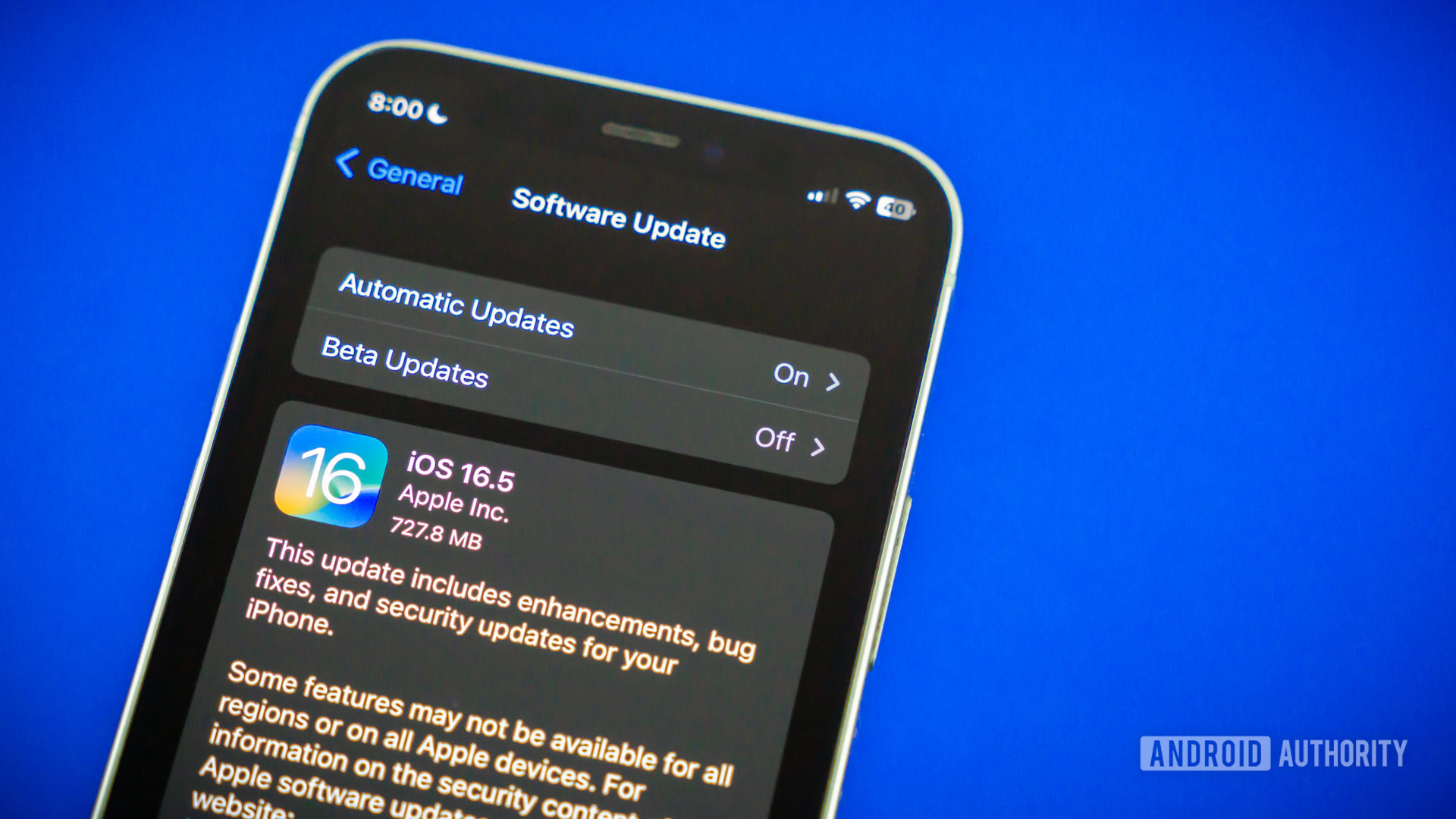
Without getting into the weeds with processors, we’ve noticed that iPhones are usually faster and more stable than most Android phones. In fact, pretty much all iPhones can play the most demanding mobile games relatively smoothly. And this extends beyond games. For example, I can easily edit RAW photos on an affordable iPad, and it has fewer hiccups than my custom gaming PC! The same can’t be said about Android devices.
Apple has done a spectacular job pushing the envelope with its in-house silicon, and an even better job optimizing iOS. With only a few iPhones released yearly compared to hundreds of Android phones, it’s easy to understand why.
Another big part of this is Apple’s commitment to updates. Samsung made big news in the Android world a few years ago by offering five years of updates, and Google one-upped them by offering seven years of updates for the Pixel 8 lineup. We have a rundown of how all main manufacturers handle update commitments now. Regardless, Apple has consistently supported iPhones for six years or more for a long time.
Constant and long-term updates are standard for Apple, whereas in the Android world it is a novelty. What’s more, iOS updates are delivered much more regularly, and there’s no staggered rollout like you see with Android updates. All iPhones receive updates nearly at the same time.
As a general rule, you can expect your iPhone to run smoothly for at least four years before you will need to seriously consider upgrading. If you’re careful and don’t demand too much from your smartphone, you can usually easily extend this to five years or more.
iPhones usually charge slower!
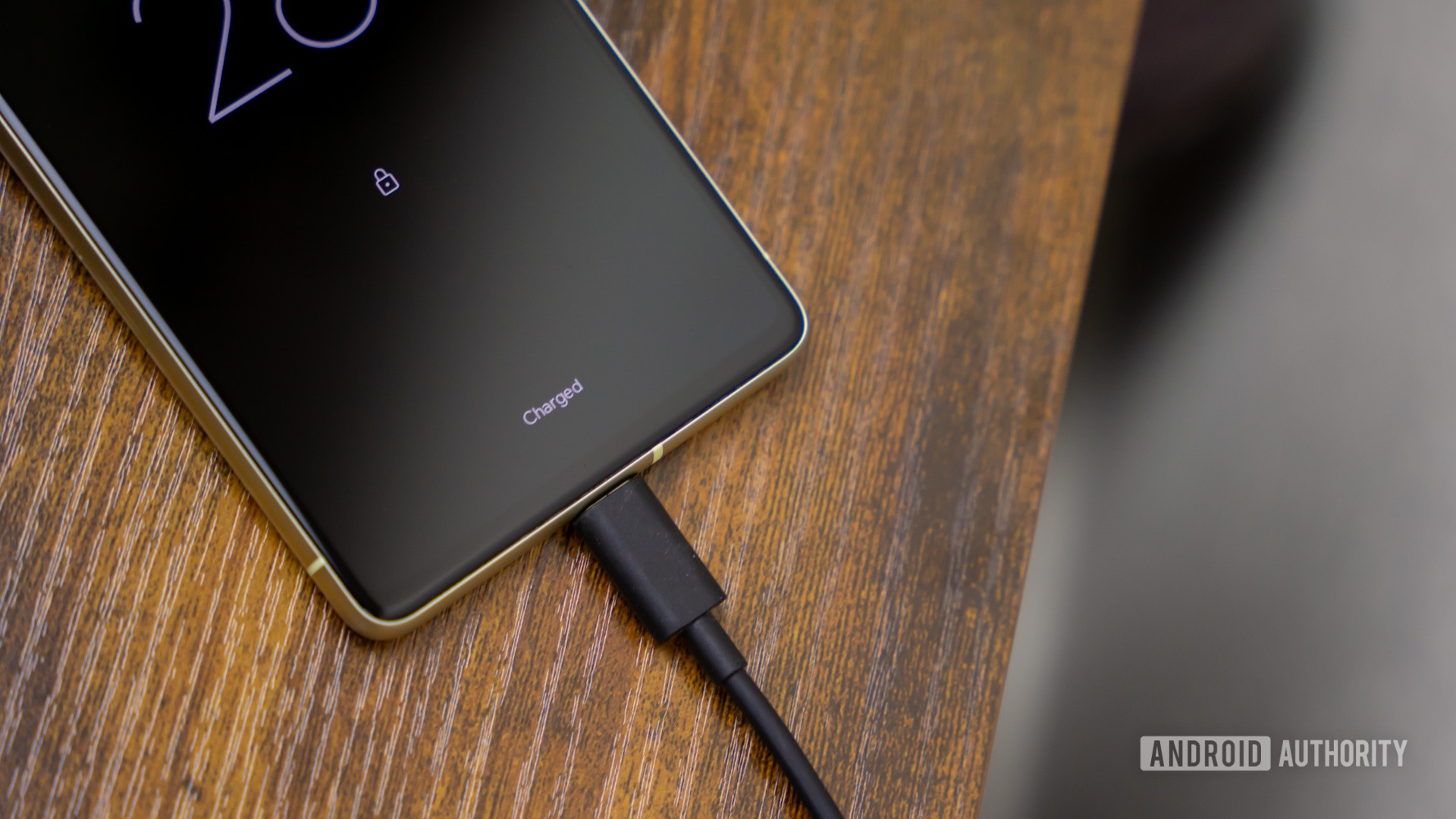
For all the bells and whistles Apple includes on iPhones, one area where it consistently lacks behind Android phones is charging speeds. Even the latest iPhone 15 Pro Max tops out at 2oW while plugged in, which translates to roughly 90 minutes for a full charge. For comparison, the Samsung Galaxy S24 Ultra features 45W charging and tops off in about an hour. Other Android phones using advanced technologies such as SuperVOOC can reach 100W or more, sometimes topping off in 15 minutes or less.
When it comes to wireless charging, iPhones can charge at a max of 15W if you use a MagSafe charger. These speeds are lowered to 7.5W with regular Qi wireless chargers. 15W is fairly fast, but there are still faster wireless charging phones in the Android world. A quick example is the Pixel 8 Pro, which can wirelessly charge at 23W. And if you want to go a bit nuts, some devices, like the OnePlus 12, can charge at 50W without wires.
Granted, there are benefits to slower charging speeds. Super fast charging tends to degrade battery life faster, leading to less overall capacity over time. Even so, 20W is remarkably slow in today’s smartphone landscape, especially for a device as expensive as an iPhone.
That said, if you come from a fast-charging Android device, you will likely quickly notice the slower charging speeds in iPhones. I always complain about this when I have to test anything on an iPhone. We’ve been kind of spoiled regarding fast charging on Android phones.
iPhones have a better selection of apps
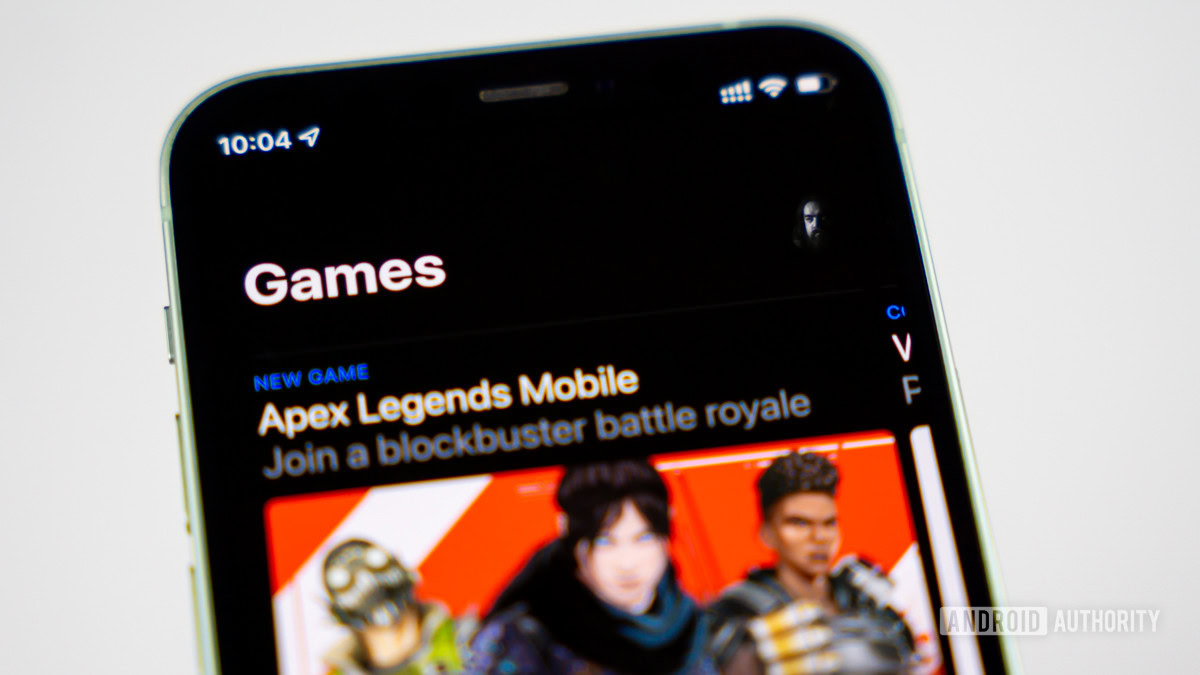
While the Google Play Store has more apps than the Apple App Store (3.3 million vs 2 million), we still notice Apple’s selection and quality of apps are better.
More than a decade into the smartphone arms race, Apple still has the edge when it comes to apps. Not only are developers targeting iPhones first, since it’s a more lucrative market, but Apple itself has simply done a better job managing its app store than Google has.
Apple’s obsessive focus on quality has resulted in a long list of checks and procedures for developers to pass through to get their apps on the App Store. As the end consumer, this means a better, more consistent experience. There are also far fewer ads than you’re probably used to seeing in the Play Store, and Apple itself curates excellent lists of apps for just about any purpose.
iPhones have better resale value
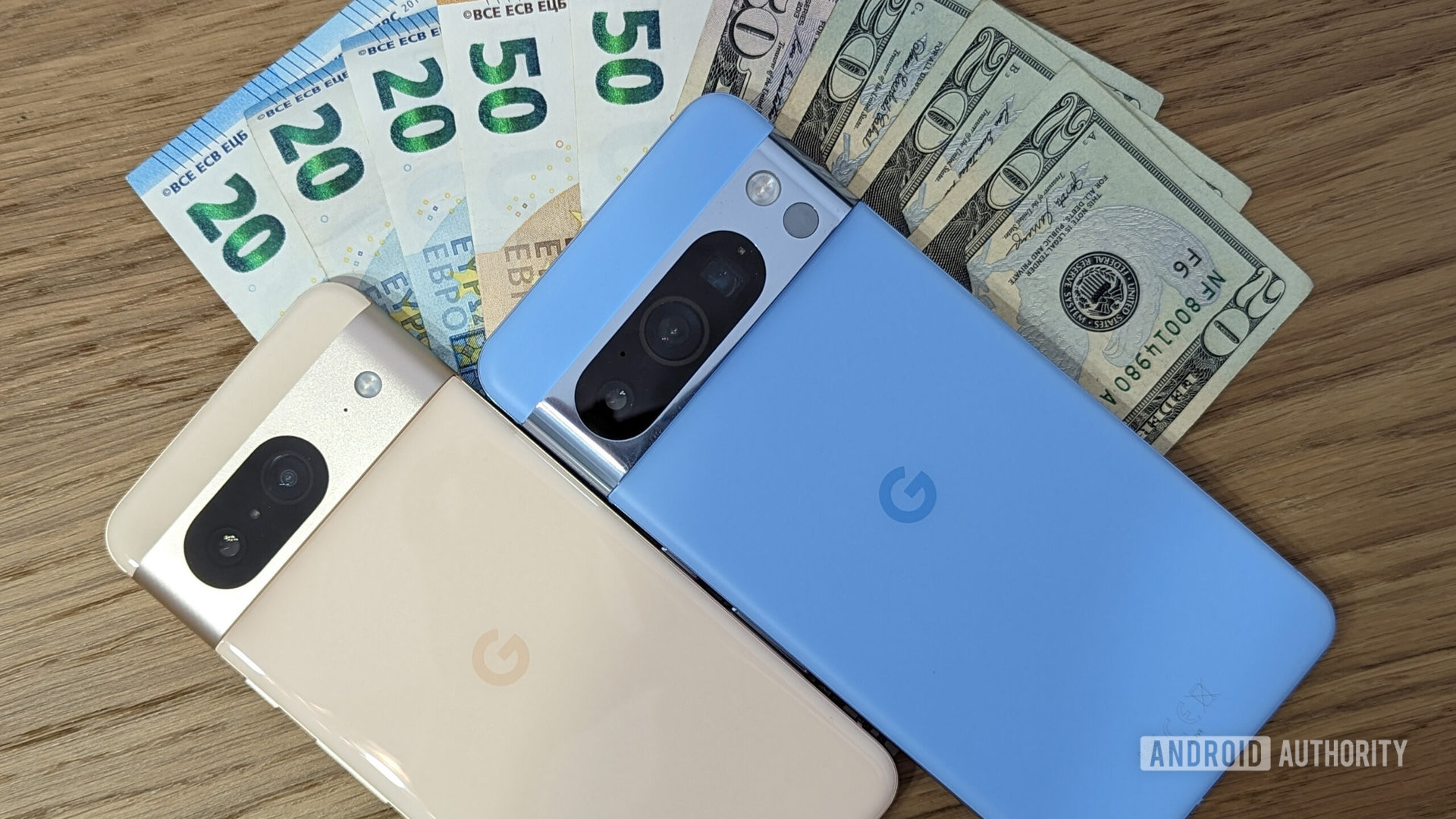
As much as I love Android, I usually tell people that getting an iPhone is a better financial decision. Or, you know, a less bad one.
If you’re someone who likes to change phones frequently, you’ll be happy to learn that iPhones fare much better on the secondhand market than Android phones. For example, a 2019 iPhone 11 Pro Max in good condition still sells for about $200-$270, which is about 18-25% of its original $1,099 retail value. In comparison, the Samsung Note 10 Plus from the same year sells for about $75-$140, which equates to 7-13% of its original value (also $1,099). Big difference, right? This also represents the best-case scenario for Android, since other brands decrease in value much more quickly than Samsung.
Trade-in values are a similar story, even from Google itself. If you wanted to pick up a new Pixel 8 Pro, Google was initially offering a $420 credit for your old Pixel 7 Pro, or $620 for your old iPhone 14 Pro. Granted, the iPhone 14 Pro retailed for $100 more at launch, but it still paints a bleak picture for Team Green.
There is one important caveat here: Android phones are much more likely to go on sale, even a few months after launch. iPhones are much more difficult to find for less than their retail price, which brings us to our next point.
The Apple tax
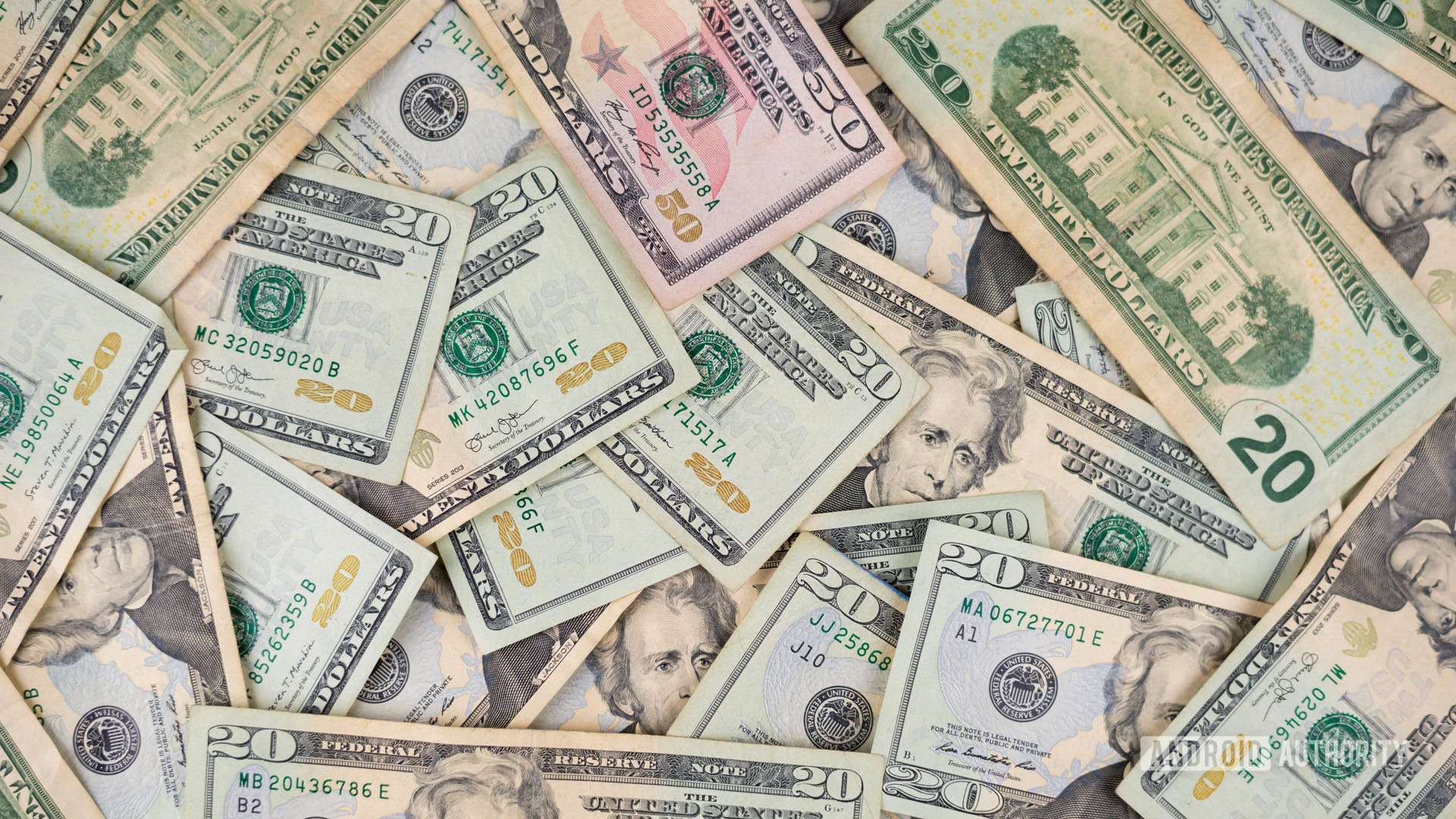
To its credit, Apple has taken a few steps toward making the iPhone more affordable by offering previous models for less or a cheaper design in the iPhone SE. However, you should still expect to pay a premium for everything related to your new iPhone. This extends beyond just the phone itself and to accessories like cables, wireless chargers, cases, repairs, and more.
Apple can get away with this because it has positioned itself as an aspirational brand. Especially in the United States.
Don’t get me wrong, Apple generally makes top-notch products. However, nowadays, you can find much cheaper alternatives for most accessories. For example, there are plenty of third-party case brands that make better, more functional cases at lower prices.
If you’re switching from Android to an iPhone 15, the good news is that you can probably reuse your USB-C cables and charger. If you’re switching to an older iPhone, you’ll have to suck it up and buy a Lightning cable.
iPhones have better privacy and security
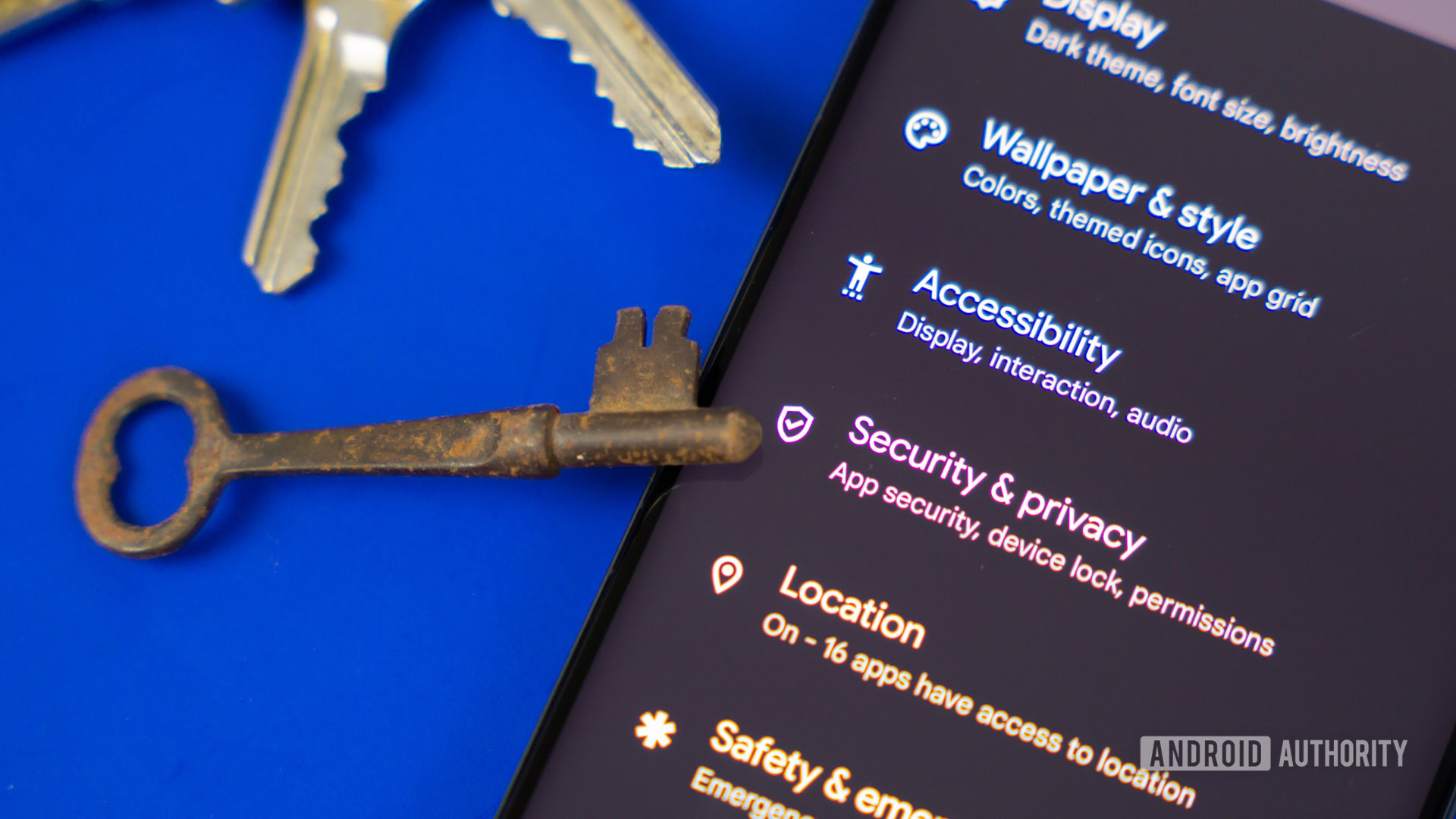
If you’ve been using an Android device until now, you should know that Google, Android’s overlord, is first and foremost an ads business. Sure, it spends a lot of money on Android, but the main thing driving the business is not sales of its flagship Pixel phones; it’s advertising.
Apple is under no such pressure. While it does make heap loads of money from its estimated 35% cut of all sales on the App Store, the company still makes more than half of its revenue from iPhone sales. In other words, it’s more of a hardware company and less of a software company.
This means Apple can provide better privacy options to iPhone users without taking a big hit to its bottom line. And let’s be honest here: this is the only motivation that really works in the corporate world. Apple’s focus on this in years past has forced Google’s hand in adapting privacy features in Android, but iPhones will always be ahead of the curve.
Switching from Android to Apple also means better security for several reasons, both of which have already been mentioned above. First is Apple’s speed at releasing updates for all devices worldwide, and second is the company’s tight restrictions and checks on all apps allowed in the App Store. You also can’t easily sideload apps, like in Android.
iPhones no longer come with physical SIM card slots in the US
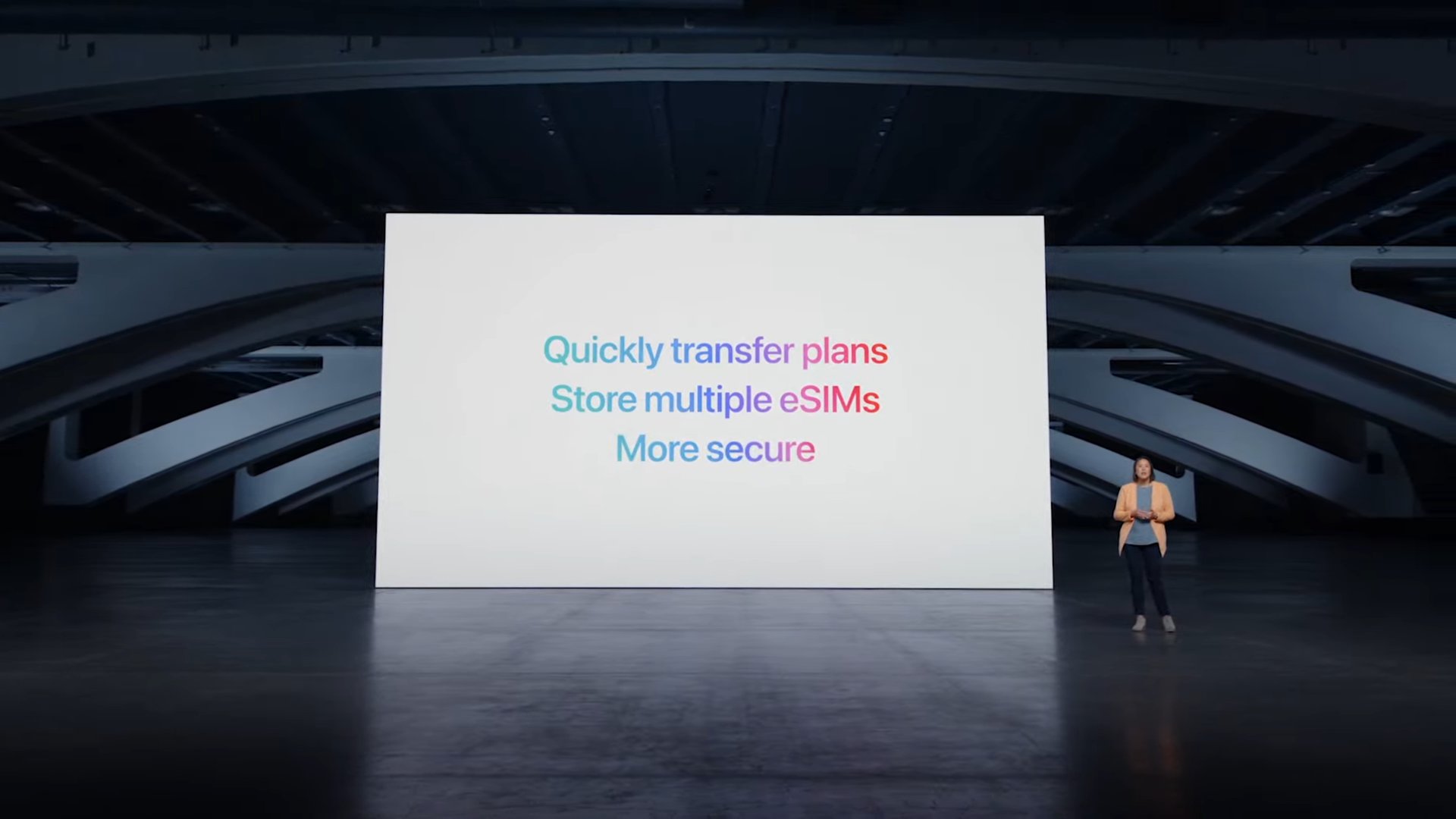
Here’s one thing that might take you by surprise if you’re switching from Android to a newer iPhone in the US. If you’re thinking you will be able to grab your old SIM card and insert it into your new iPhone, you might be in for a disappointment. The iPhone 14 and iPhone 15 series no longer come with a physical SIM card slot in the US. These only support eSIM.
This change can be both good and bad. The downside is you can’t just transfer your line to a new phone without getting at least some help from the carrier. That said, eSIM technology is more secure, and it makes it easier to test out carriers, or to add lines to your phone remotely. If you want to learn more about the subject, we have an eSIM vs physical SIM comparison with all the pros and cons.
FAQs
Yes and no. The process of migrating all of your contacts, apps, and data over is time-consuming, but the Move to iOS app makes it relatively easy. Getting used to iOS will take much longer. If you need some help, we have a general guide on how to switch phones. Many of these methods also work with iOS.
At this point, both platforms are very mature, so deciding which one is better is mostly up to personal preference and experience.
Yes, Google apps like Gmail, Chrome, and others are available on iPhone via the App Store. However, they are not pre-installed.
No, you don’t need an iCloud email to use an iPhone. It does make some things more convenient, but you can get by with your Apple ID and any other email address.